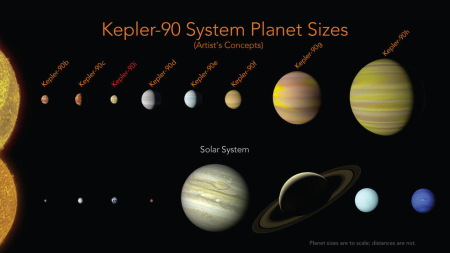Two finalists for 2020 deep space planetary mission picked by NASA
NASA has narrowed its choice for a 2020s deep space planetary mission to two finalists, either a sample return mission to Comet 67P/C-G or a drone that would fly through Titan’s atmosphere.
The sample return mission sounds very doable with today’s technology. The Titan drone mission however is far more intriguing.
Dragonfly is a dual-quadcopter lander that would take advantage of the environment on Titan to fly to multiple locations, some hundreds of miles apart, to sample materials and determine surface composition to investigate Titan’s organic chemistry and habitability, monitor atmospheric and surface conditions, image landforms to investigate geological processes, and perform seismic studies.
If it was up to me and I had unlimited funds, I’d go with Dragonfly. We know far less about the outer solar system, and this mission would be an ideal way to increase that knowledge. It is also far more daring, which carries the risk that the costs to build and launch will rise uncontrollably.
NASA has narrowed its choice for a 2020s deep space planetary mission to two finalists, either a sample return mission to Comet 67P/C-G or a drone that would fly through Titan’s atmosphere.
The sample return mission sounds very doable with today’s technology. The Titan drone mission however is far more intriguing.
Dragonfly is a dual-quadcopter lander that would take advantage of the environment on Titan to fly to multiple locations, some hundreds of miles apart, to sample materials and determine surface composition to investigate Titan’s organic chemistry and habitability, monitor atmospheric and surface conditions, image landforms to investigate geological processes, and perform seismic studies.
If it was up to me and I had unlimited funds, I’d go with Dragonfly. We know far less about the outer solar system, and this mission would be an ideal way to increase that knowledge. It is also far more daring, which carries the risk that the costs to build and launch will rise uncontrollably.

